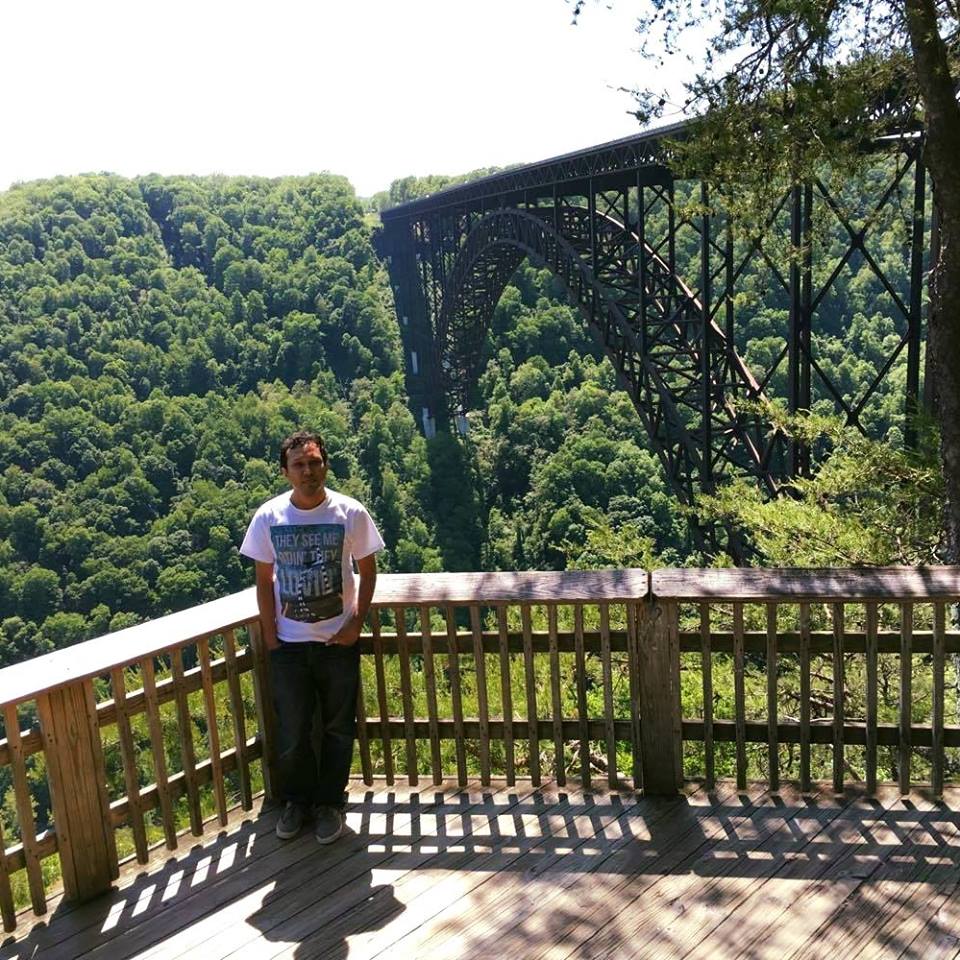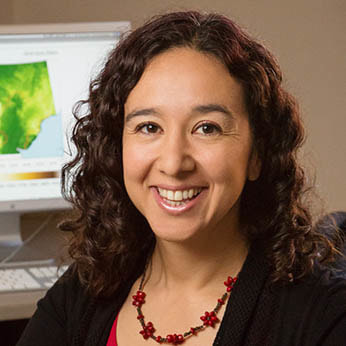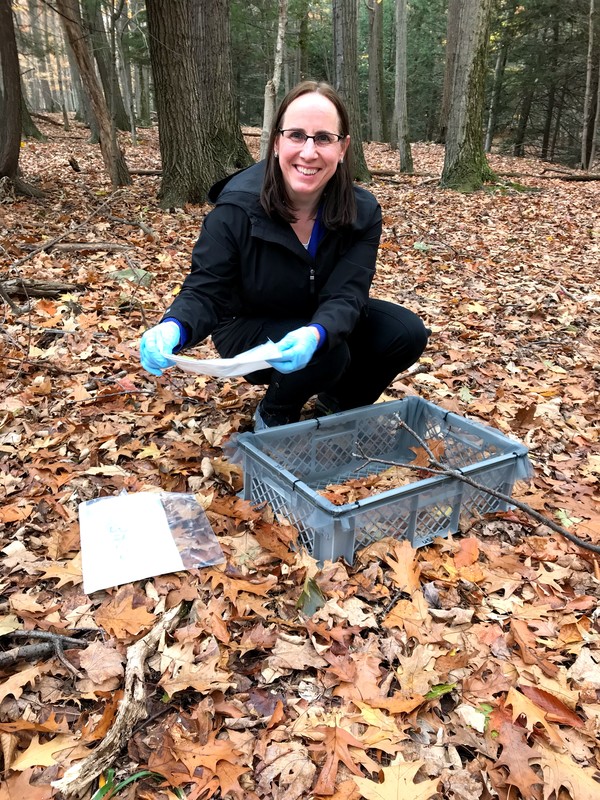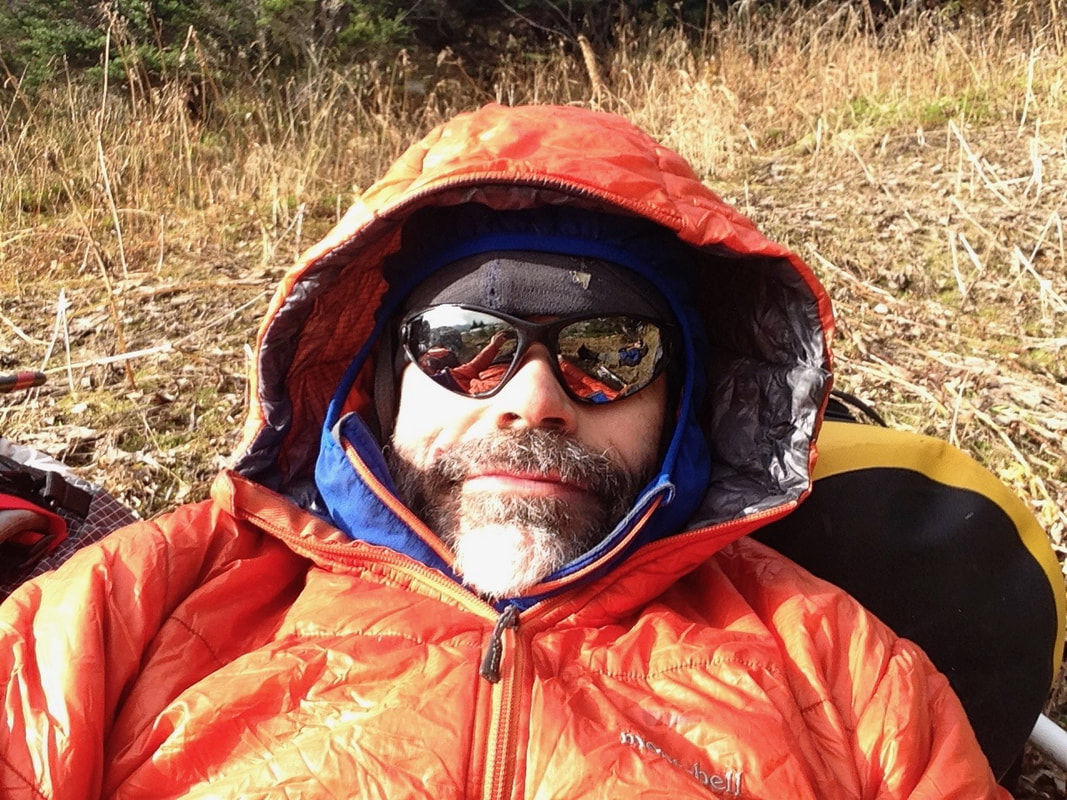To me, ecohydrology is an emerging discipline that studies the complex interactions between hydrological and biological processes. More specifically, how the biotic components of natural environment response to the water and energy cycles is a crucial aspect of ecohydrology.
What are your undergraduate and graduate degrees in?
I have a BSc and an MSc in Water Resources Engineering from Bangladesh University of Engineering and Technology (BUET). I did my PhD in Water Resources and Ecological Engineering from Florida International University, Miami, where I worked on the development of scaling models of greenhouse gas (GHG) fluxes in terrestrial ecosystems, including wetlands.
How did you arrive at working in/thinking about ecohydrology?
The first sense of ecohydrology came to me when I was working on a project focusing on the flow regulation rules of a hydraulic structure. One of the regulation targets was to ensure a minimum environmental flow through hydraulic structure during dry periods for sustainability of the aquatic ecosystem. Later on, as a part of my doctoral dissertation, I had the opportunity to study the environmental linkages and emergent scaling of ecosystem water and carbon fluxes across spatial and temporal scales. I was intrigued to learn about the ecosystem water-carbon nexus from the context of ecological processes. These works made me fascinated to continue my endeavor in the domain of ecohydrology and ecological engineering.
What do you see as an important emerging area of ecohydrology?
Ecohydrology is exceptionally multidisciplinary, and there are many new directions to peruse. Over the years through perseverance and hard work, we have made remarkable progress in this domain. However, whether our current process understanding and underlying ecohydrological scaling relationships would hold in the + 1-2 °C temperature and + 10-20 % sea level world is a critical question that we need to know to maintain a habitable ecosystem.
Do you have a favorite ecohydrology paper? Describe/explain.
There are many! However, ‘Ecohydrology of water-limited environments: A scientific vision’ by Newman et al. (2006) (https://doi.org/10.1029/2005WR004141) is one of my favorites. This is an opinion paper published in Water Resources Research. The paper highlighted the need for a better understanding of the fundamental linkages among hydrological, biogeochemical, and ecological processes, and urged for interdisciplinary visions to develop new methodologies for improved predictions of ecohydrological processes under the changing environment.
What do you do for fun (apart from ecohydrology)?
I have a 2-month old who is occupying me nowadays! Besides, I like to play chess and study classical chess games. I enjoy spending time with animals.




 RSS Feed
RSS Feed